Building muscle isn’t just about pushing weights—it’s about understanding your body and training it intelligently. Whether you’re a beginner or someone looking to sharpen your regimen, this muscle guide lays out everything you need to know to maximize every session at the gym.
Understanding the Basics: Your Main Muscle Groups
The human body features over 600 muscles, but for strength training, the focus is on the main 48 muscle groups that drive movement and power. These include major players like:
-
Chest (pectoralis major and minor)
-
Back (latissimus dorsi, trapezius)
-
Legs (quadriceps, hamstrings, glutes)
-
Arms (biceps, triceps)
-
Shoulders (deltoids)
-
Core (abdominals, obliques)
A well-structured exercise and muscle guide ensures that no major area is left behind. Balanced development not only improves aesthetics but also strengthens joints and prevents injuries.
The 140 Muscle Exercise Blueprint
Variety is critical for continuous progress. An effective muscle exercise guide incorporates at least 140 different movements, ensuring you target muscles from multiple angles and stimulate growth consistently. Some essential categories include:
-
Push Exercises: Bench presses, overhead presses, push-ups
-
Pull Exercises: Pull-ups, barbell rows, face pulls
-
Lower Body Movements: Squats, lunges, deadlifts
-
Core Strengtheners: Planks, hanging leg raises, cable rotations
Mastering this broad range of exercises empowers you to customize your routine according to goals like strength, hypertrophy, or endurance.
Crafting Your Muscle Guide Workout
An intelligent muscle guide workout balances intensity, volume, and recovery. Here's a sample weekly structure that taps into about 56 different exercises across all major groups:
-
Day 1: Chest & Triceps (e.g., incline bench press, dips)
-
Day 2: Back & Biceps (e.g., pull-ups, barbell curls)
-
Day 3: Legs & Core (e.g., squats, Romanian deadlifts, hanging knee raises)
-
Day 4: Shoulders & Arms (e.g., overhead press, lateral raises)
-
Day 5: Full-Body Conditioning (e.g., kettlebell swings, sled pushes)
Each session rotates exercises, keeping your muscles guessing and driving growth. Progressive overload—gradually increasing weight, reps, or time under tension—is key to long-term success.
The Power of +1: Small Progress, Big Gains
One of the most underestimated tactics in any muscle exercise guide is the concept of "+1"—adding just one more rep, one more set, or a little more weight. Over weeks and months, these small improvements add up dramatically. Progress doesn't have to be extreme. Even a +1 mindset applied consistently can turn average results into extraordinary ones.
Conclusion: Your Roadmap to Stronger, Healthier Muscles
Building strength is a marathon, not a sprint. Using a detailed muscle guide rooted in sound biomechanics and smart programming will elevate your workouts and protect your body for years to come. Whether you’re chasing your first pull-up, looking to squat 140 pounds, or simply aiming to move pain-free, following a trusted exercise and muscle guide sets you up for lasting success.
Strong muscles aren’t built by accident—they're built by knowledge, dedication, and daily effort.


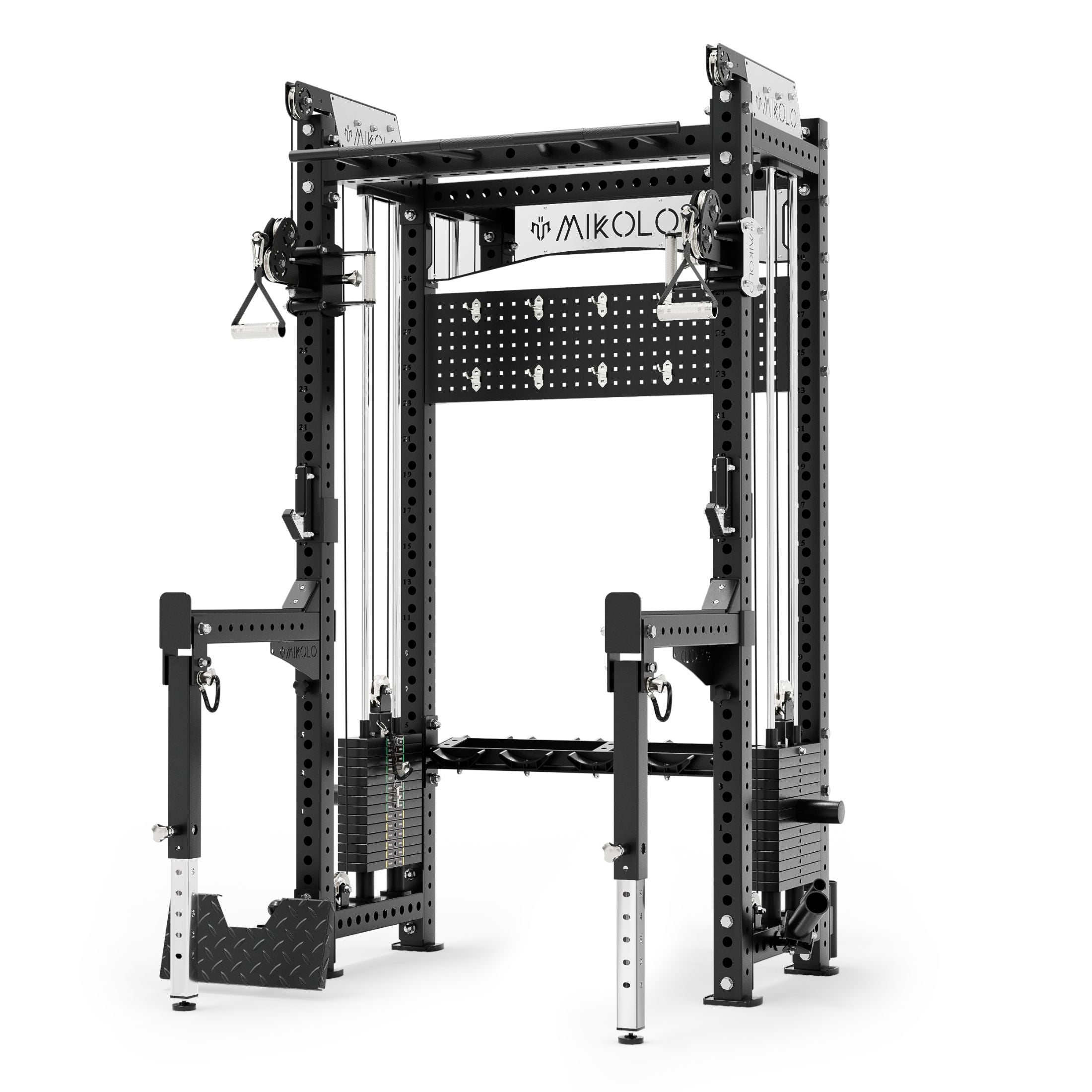
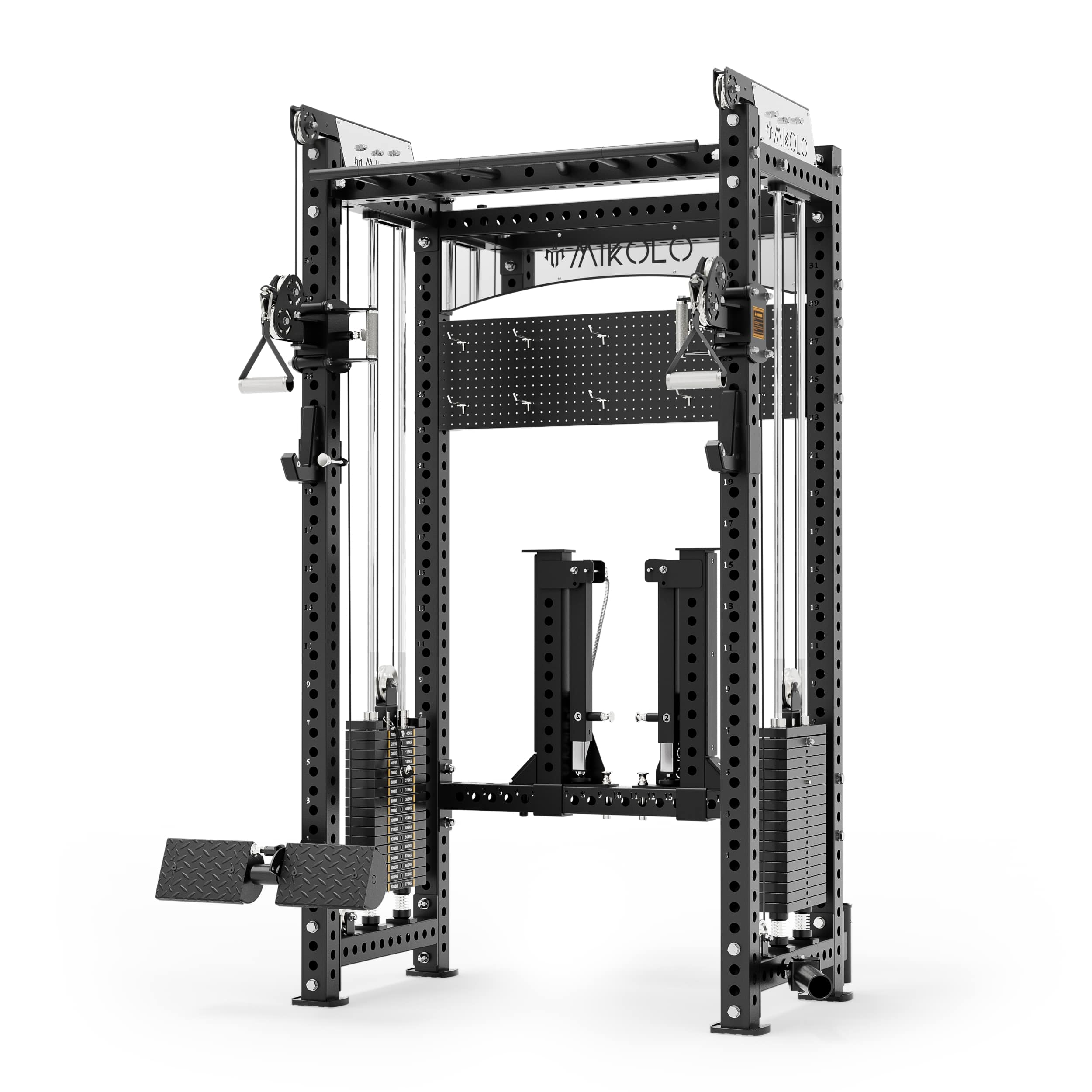
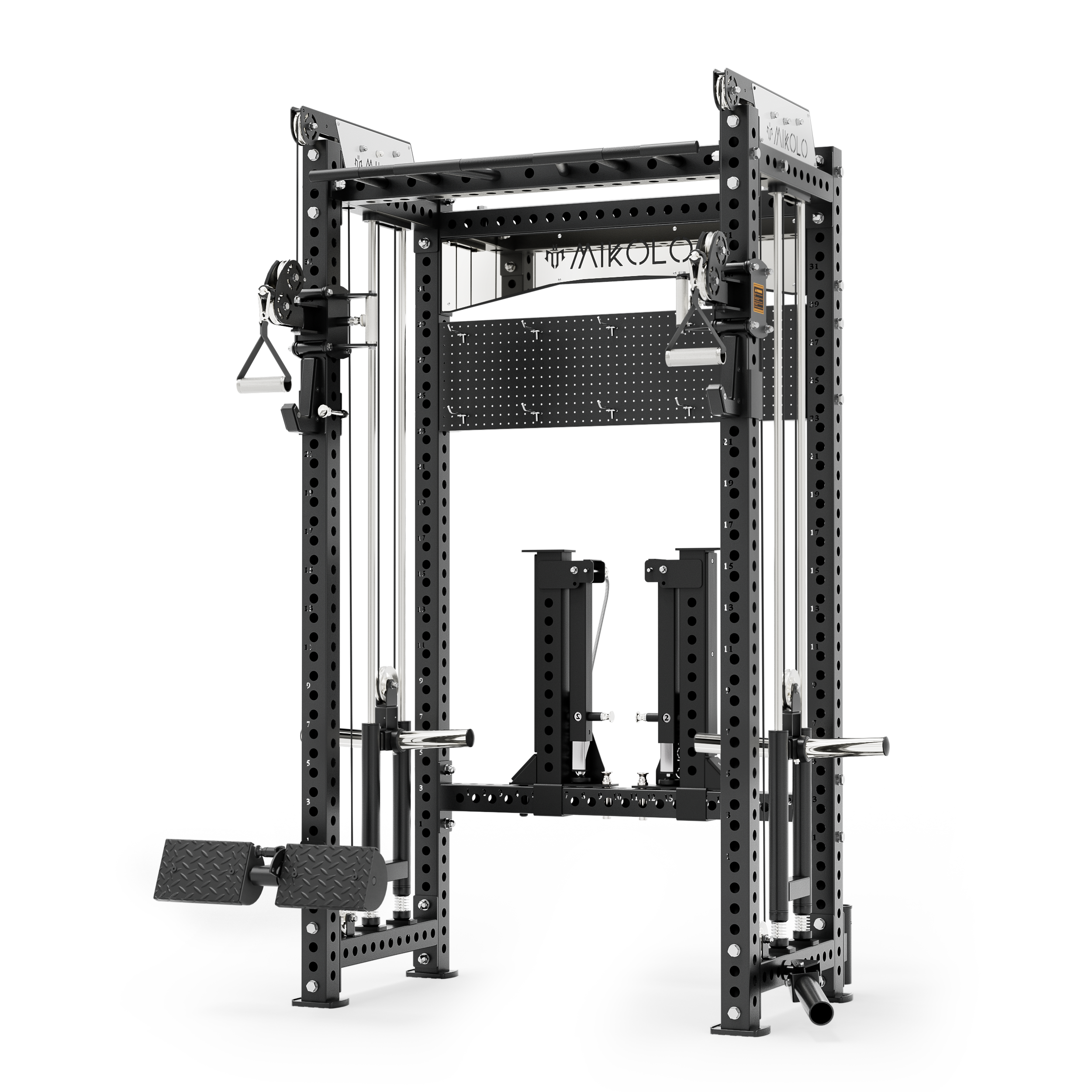


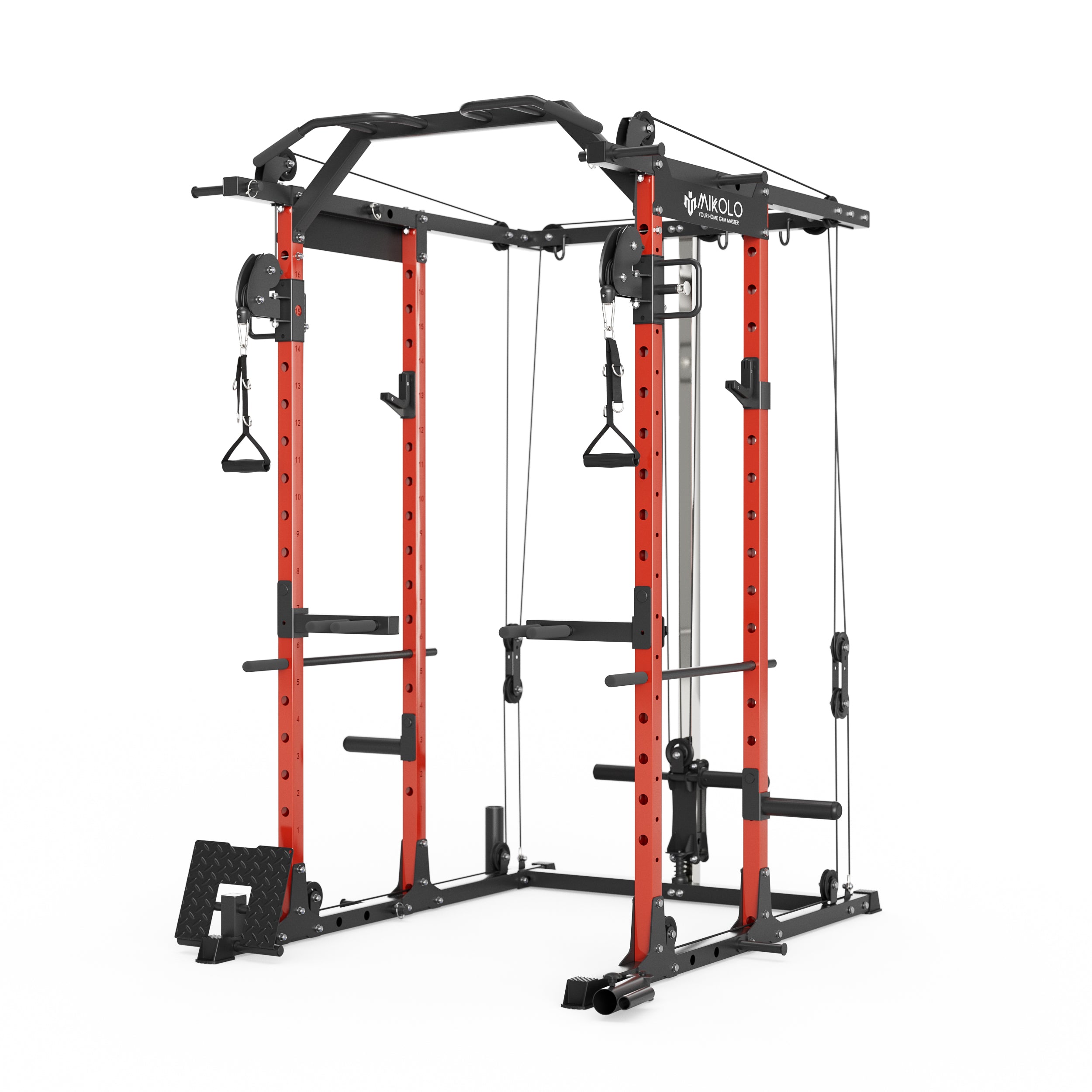
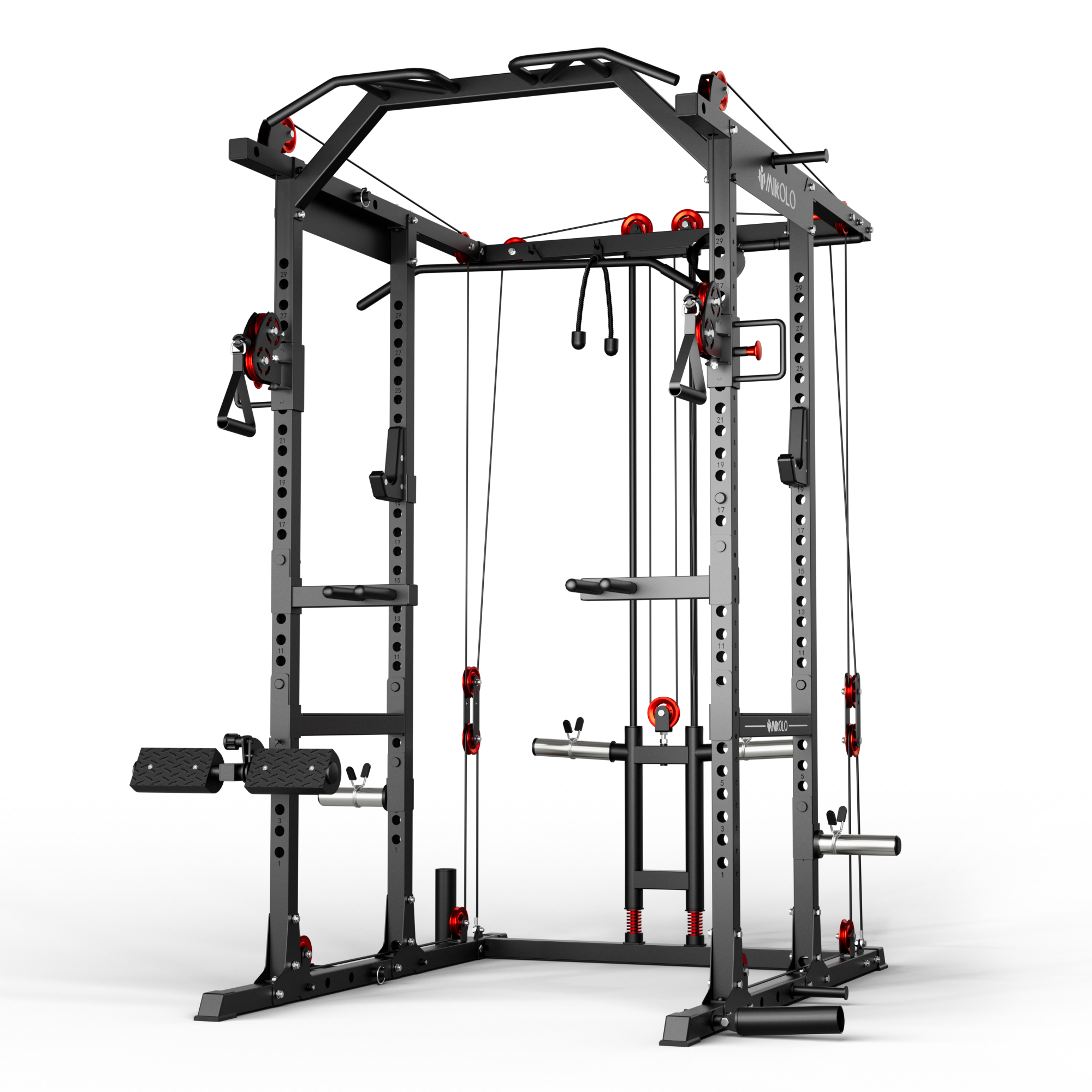

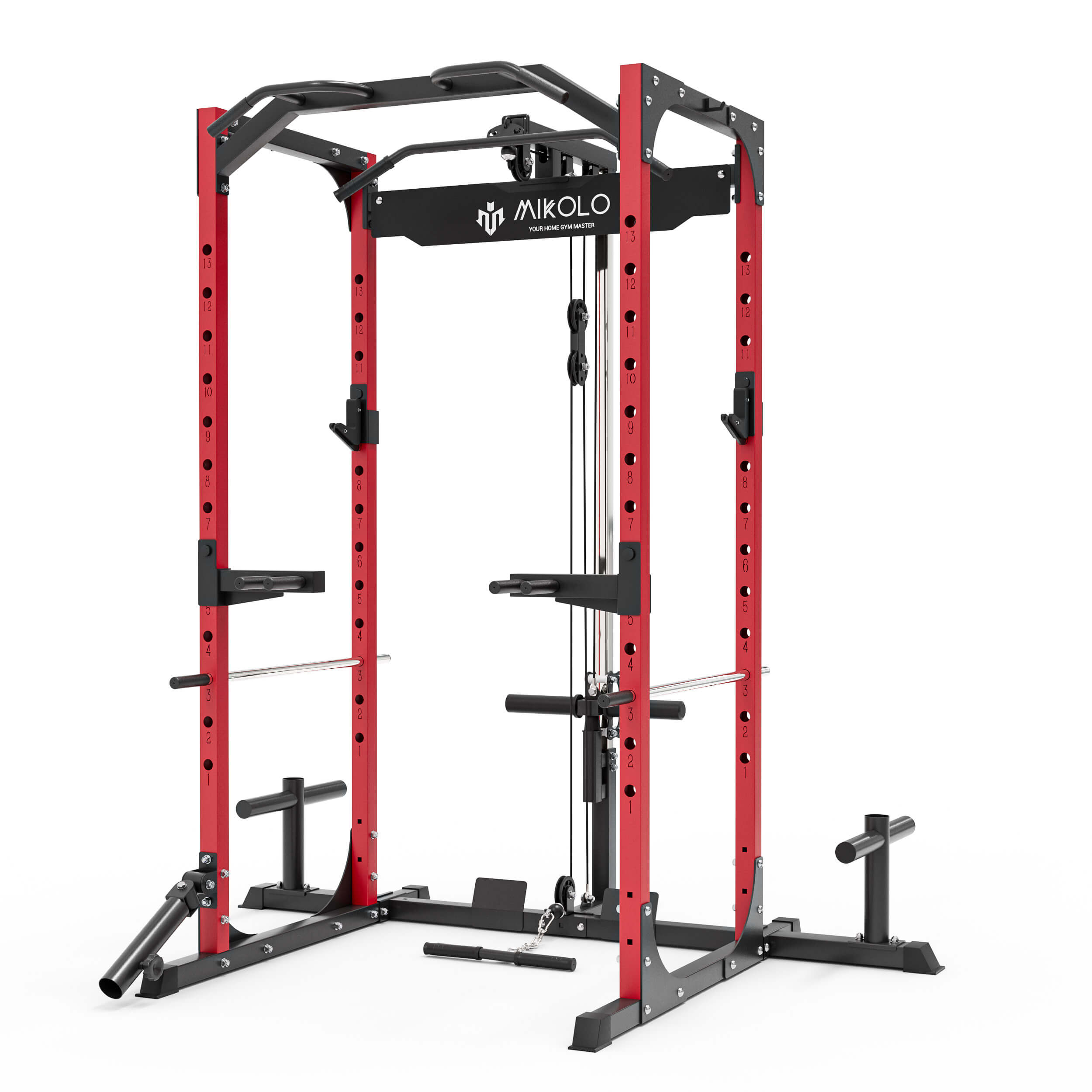
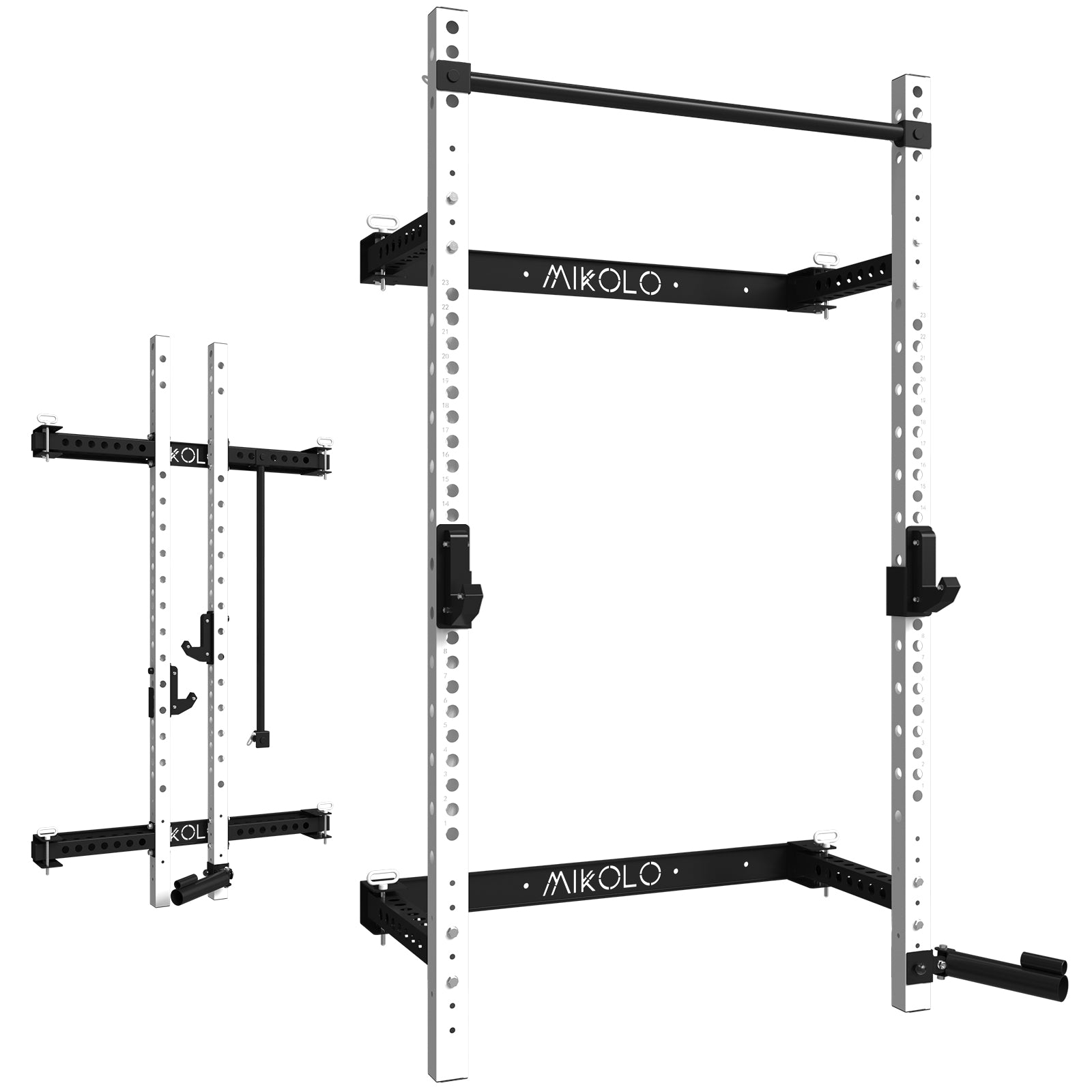


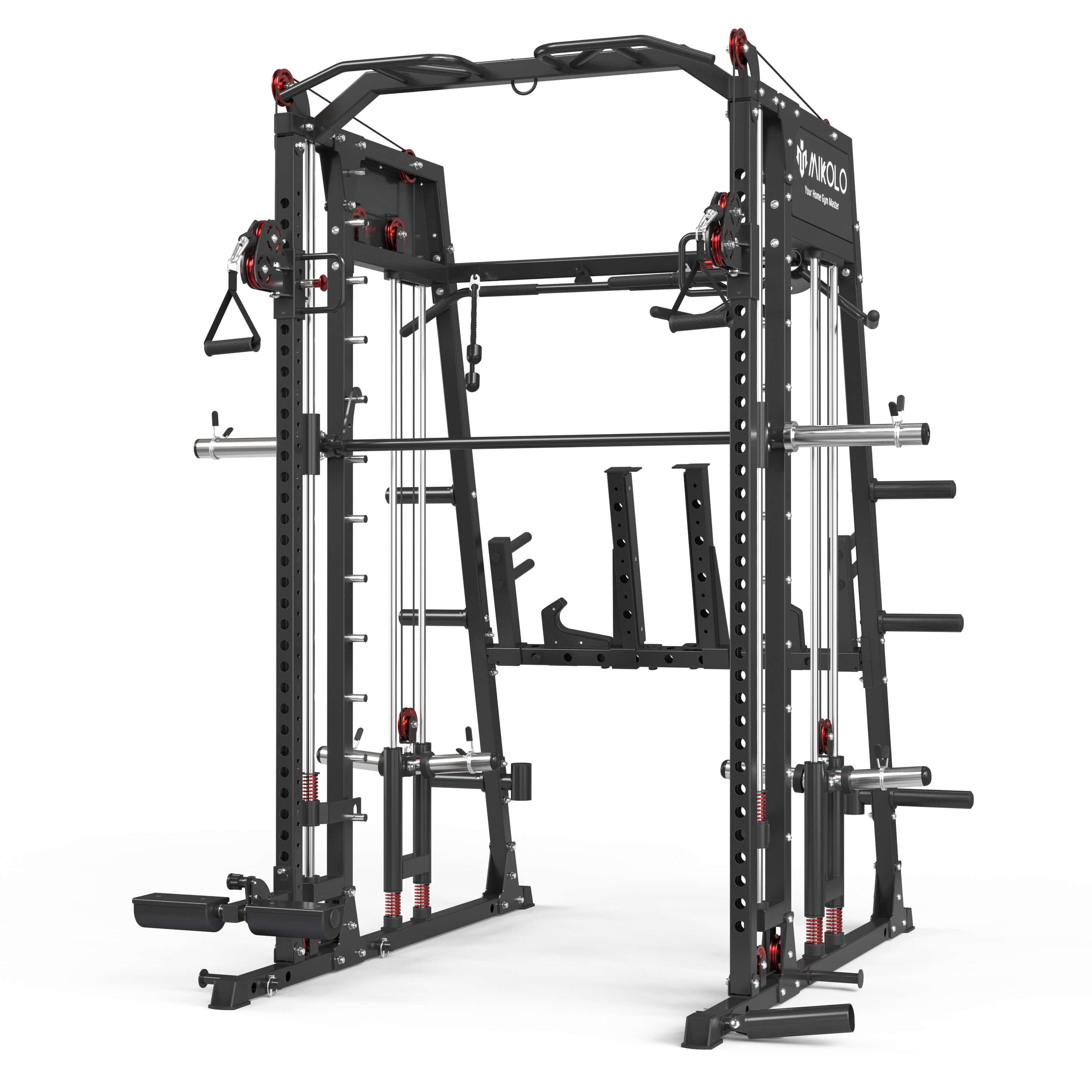
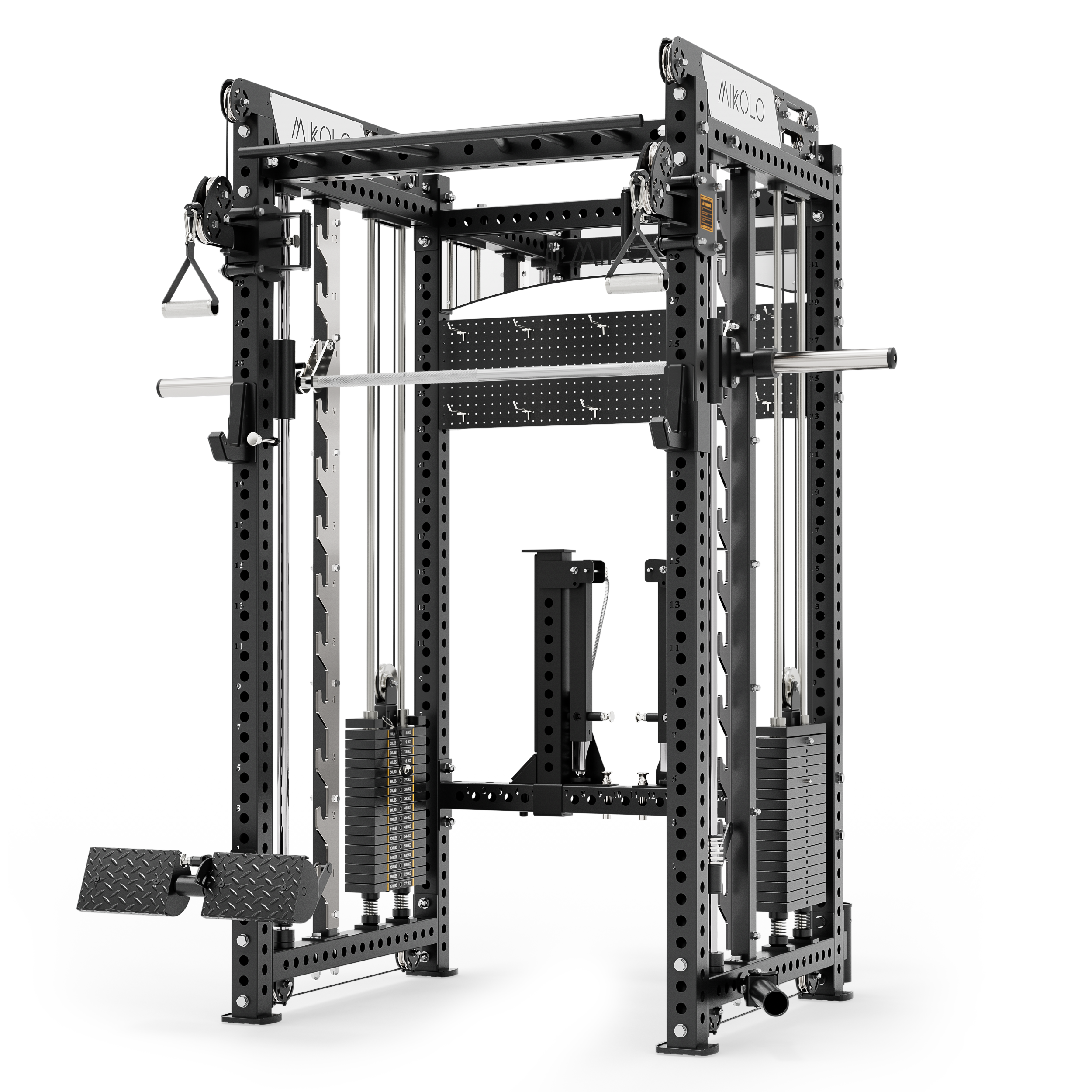
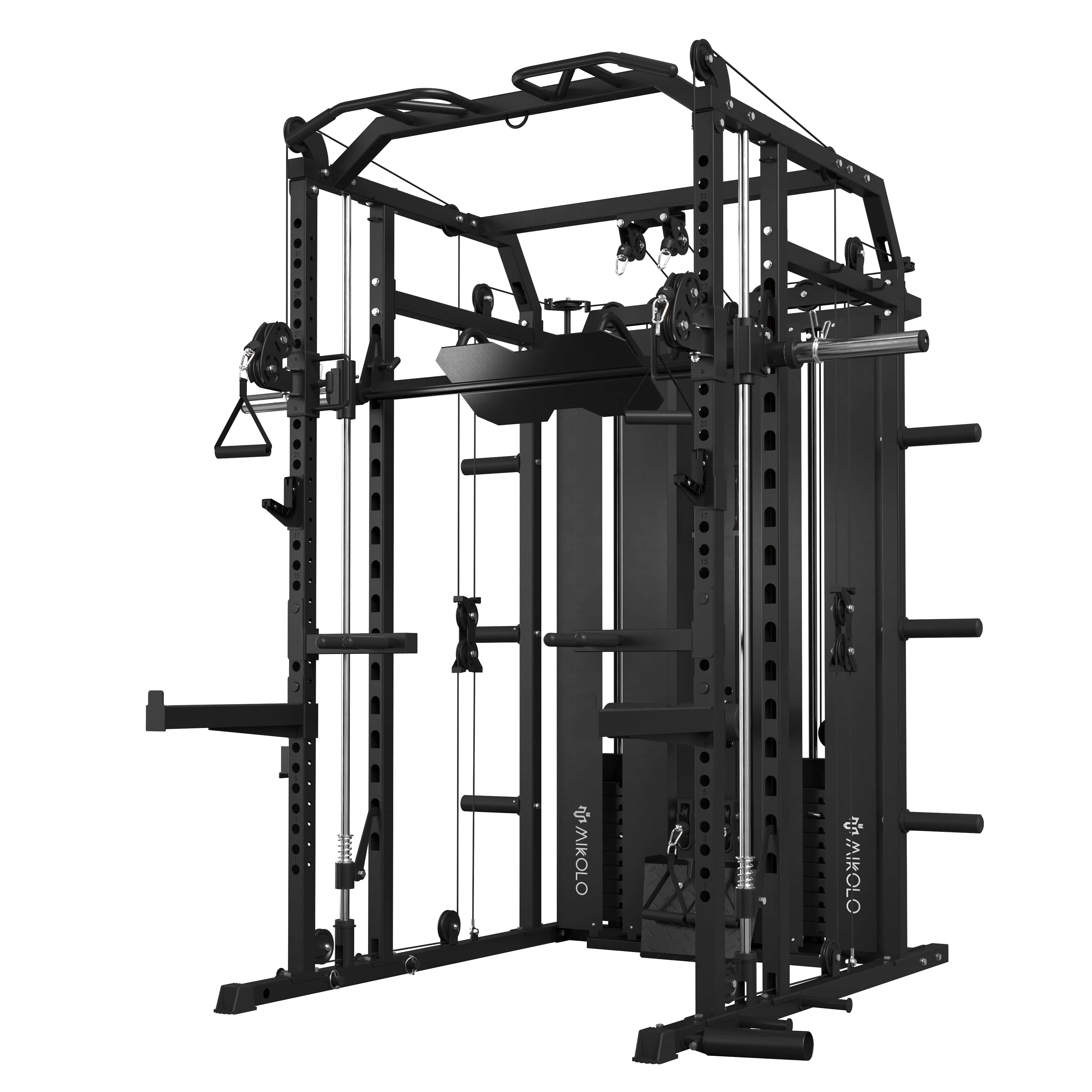
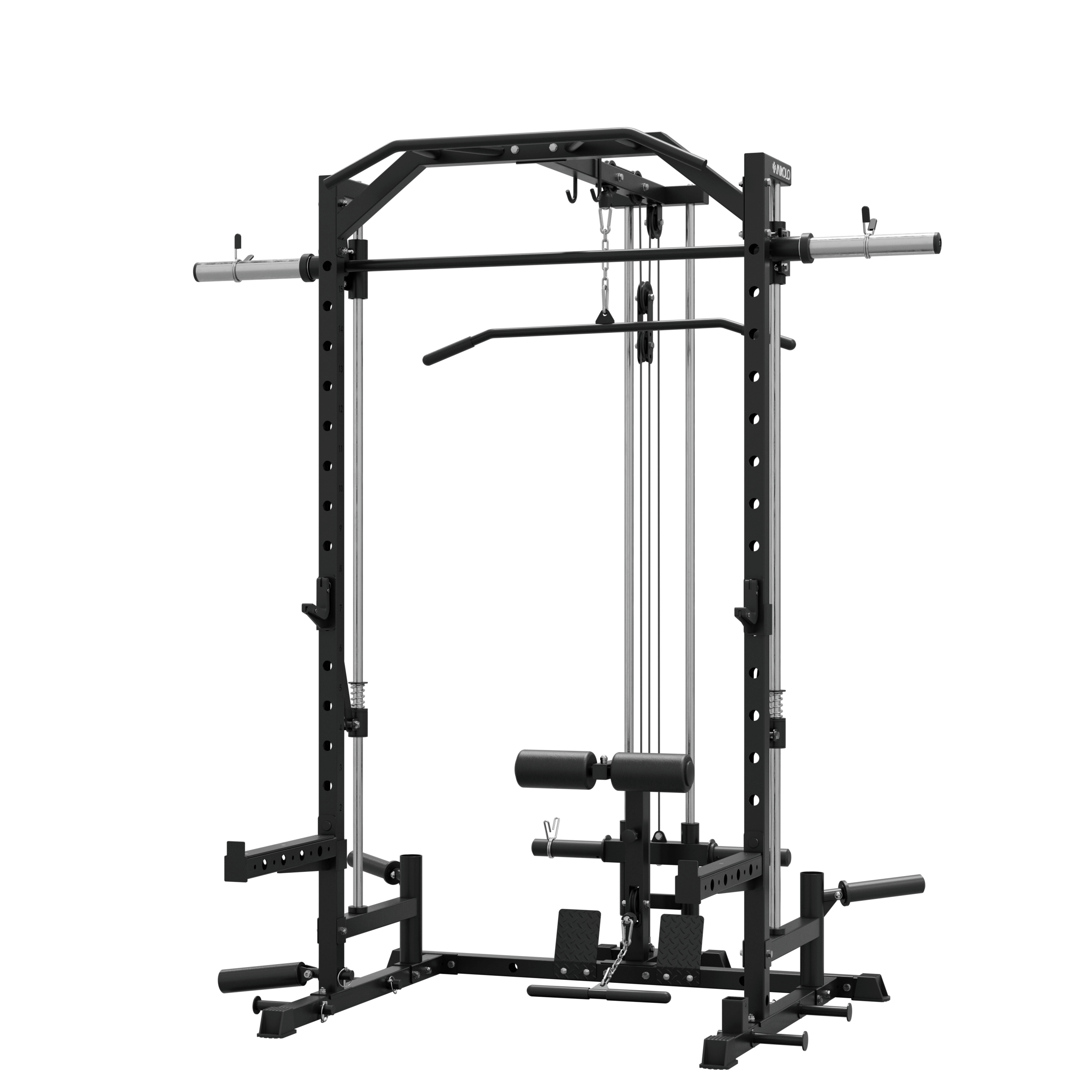
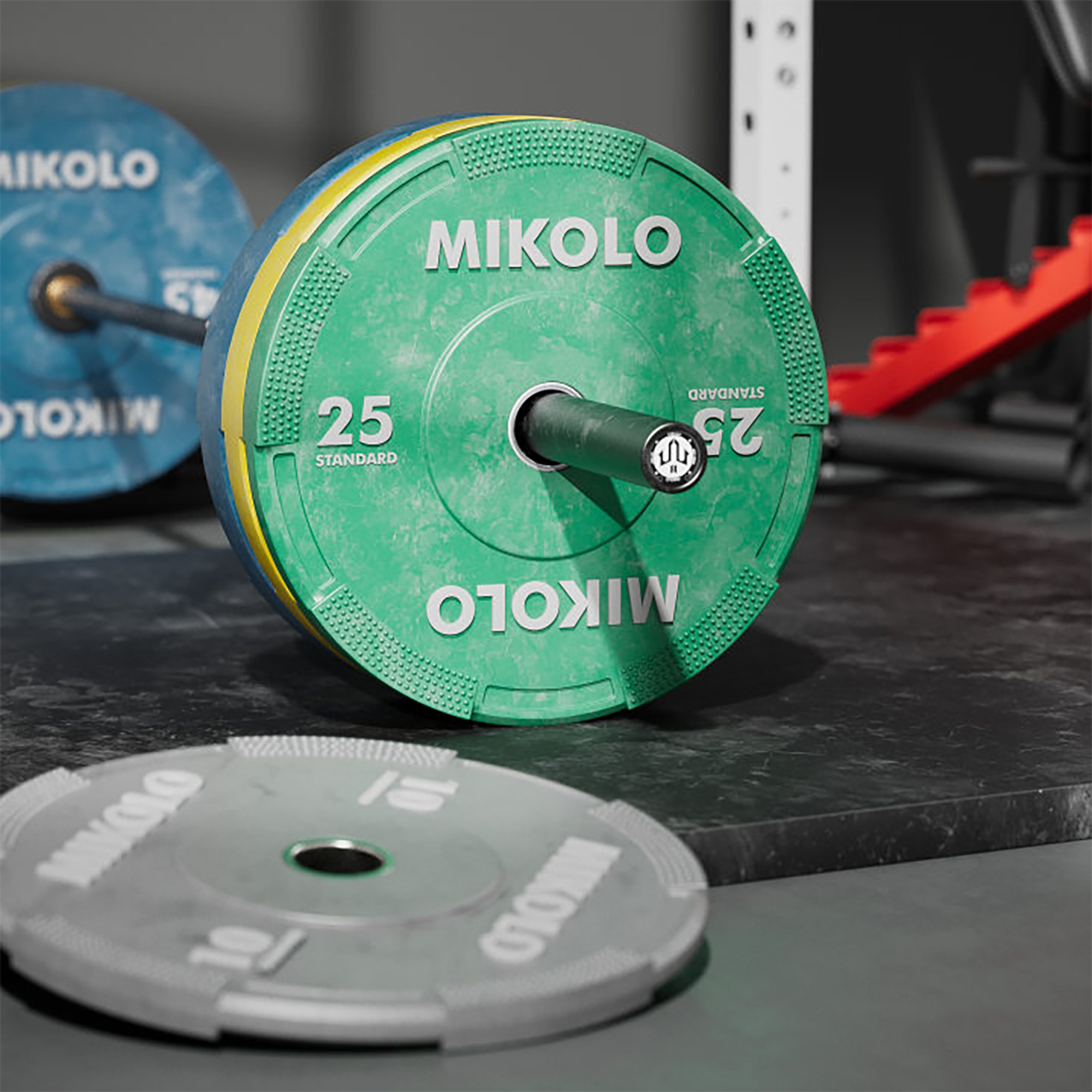






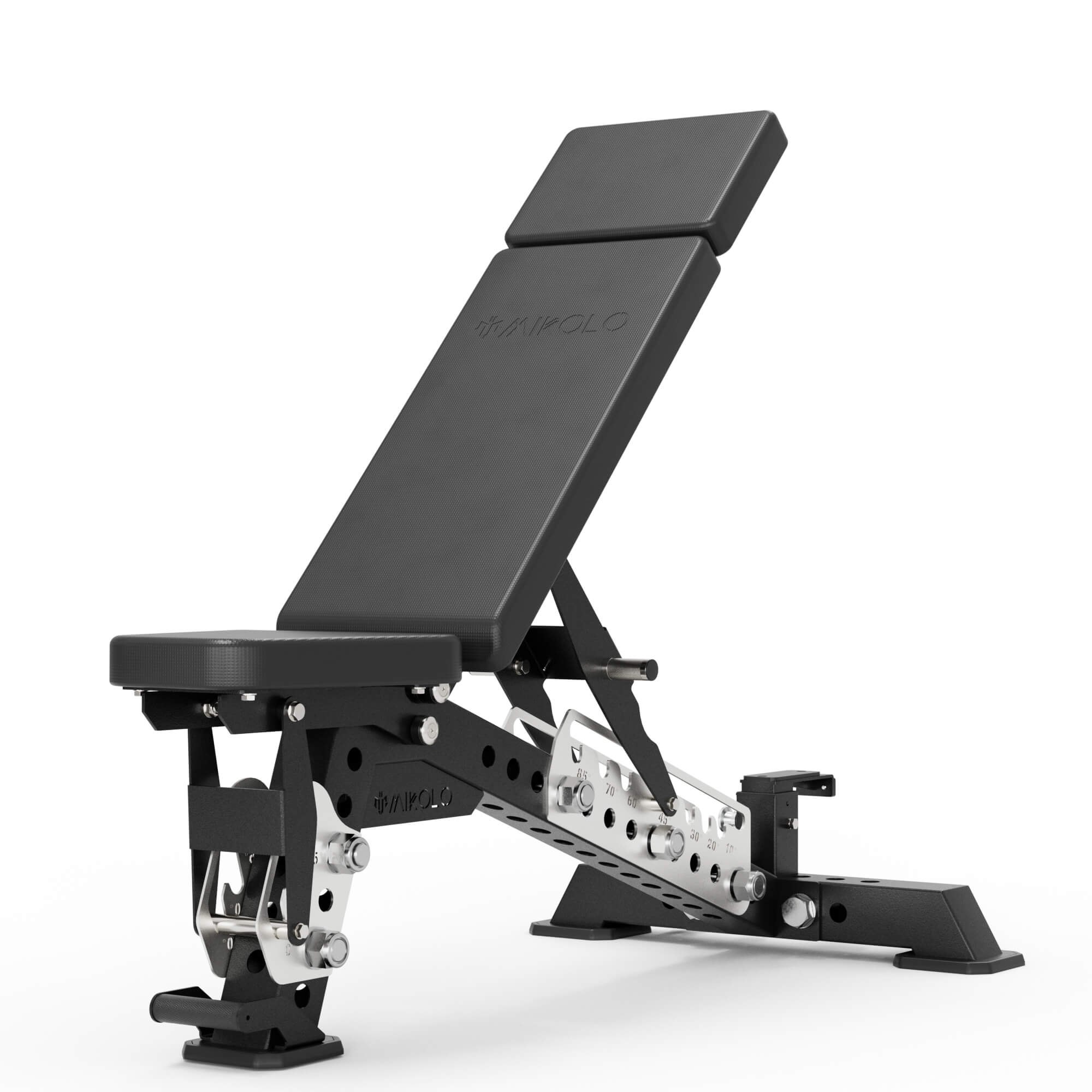





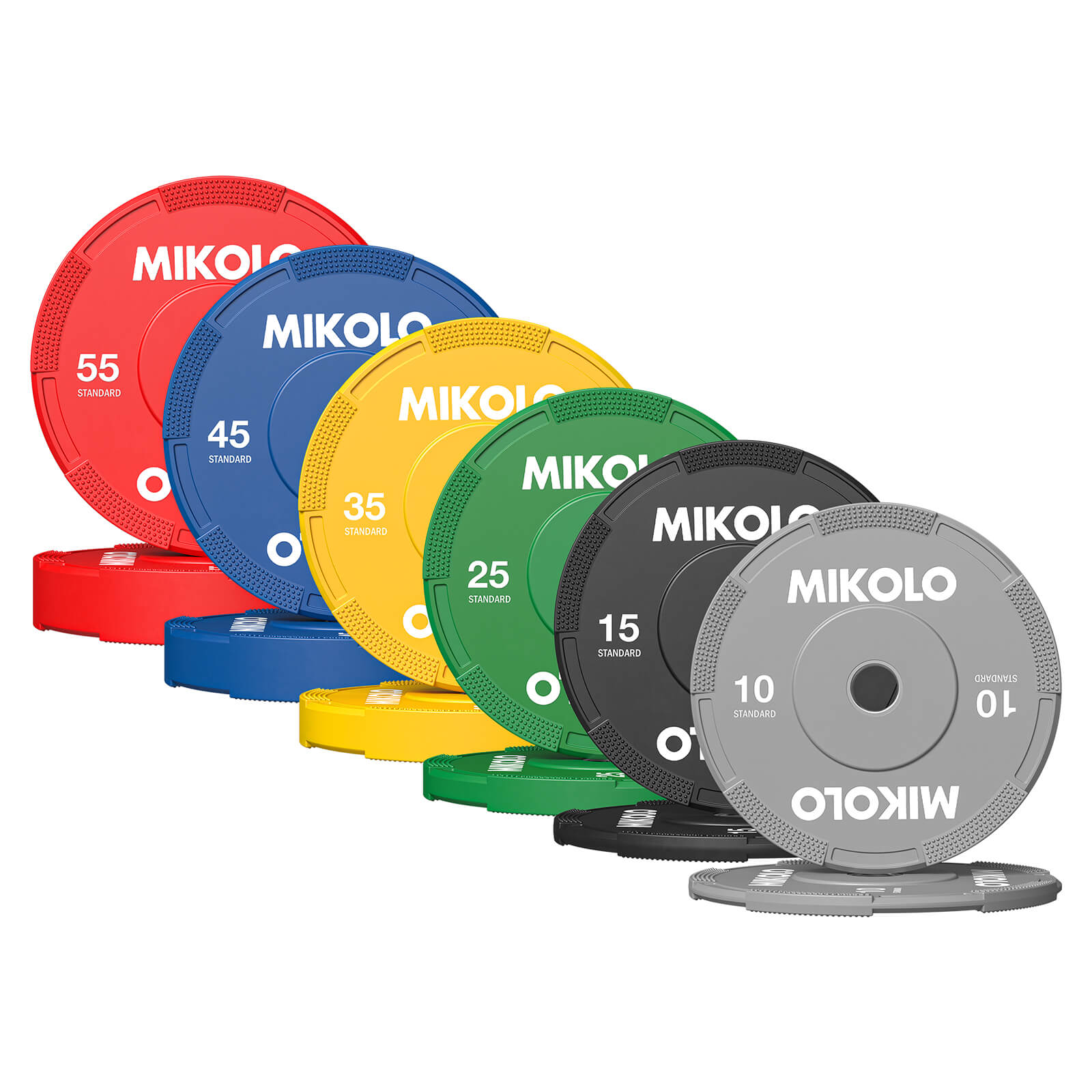
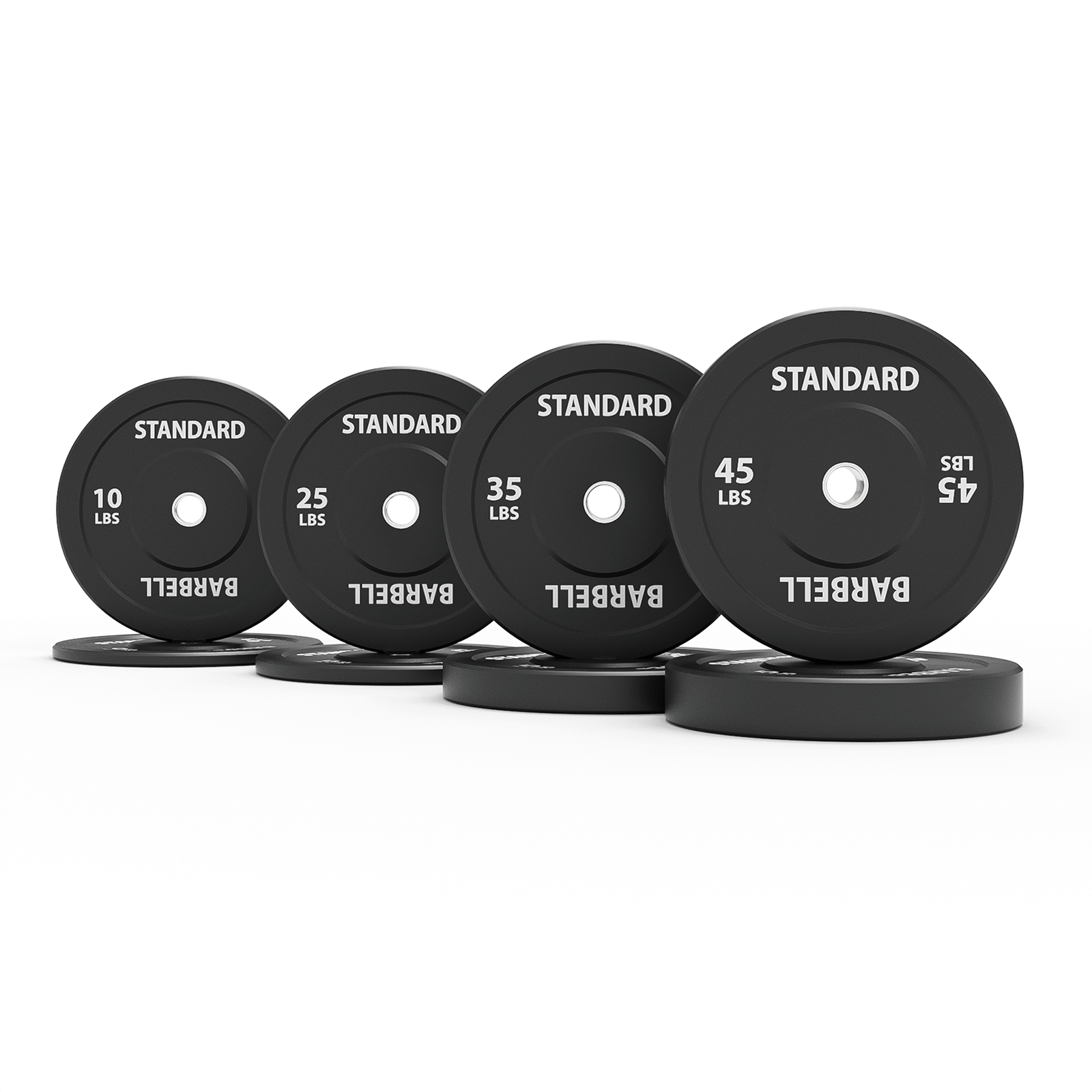

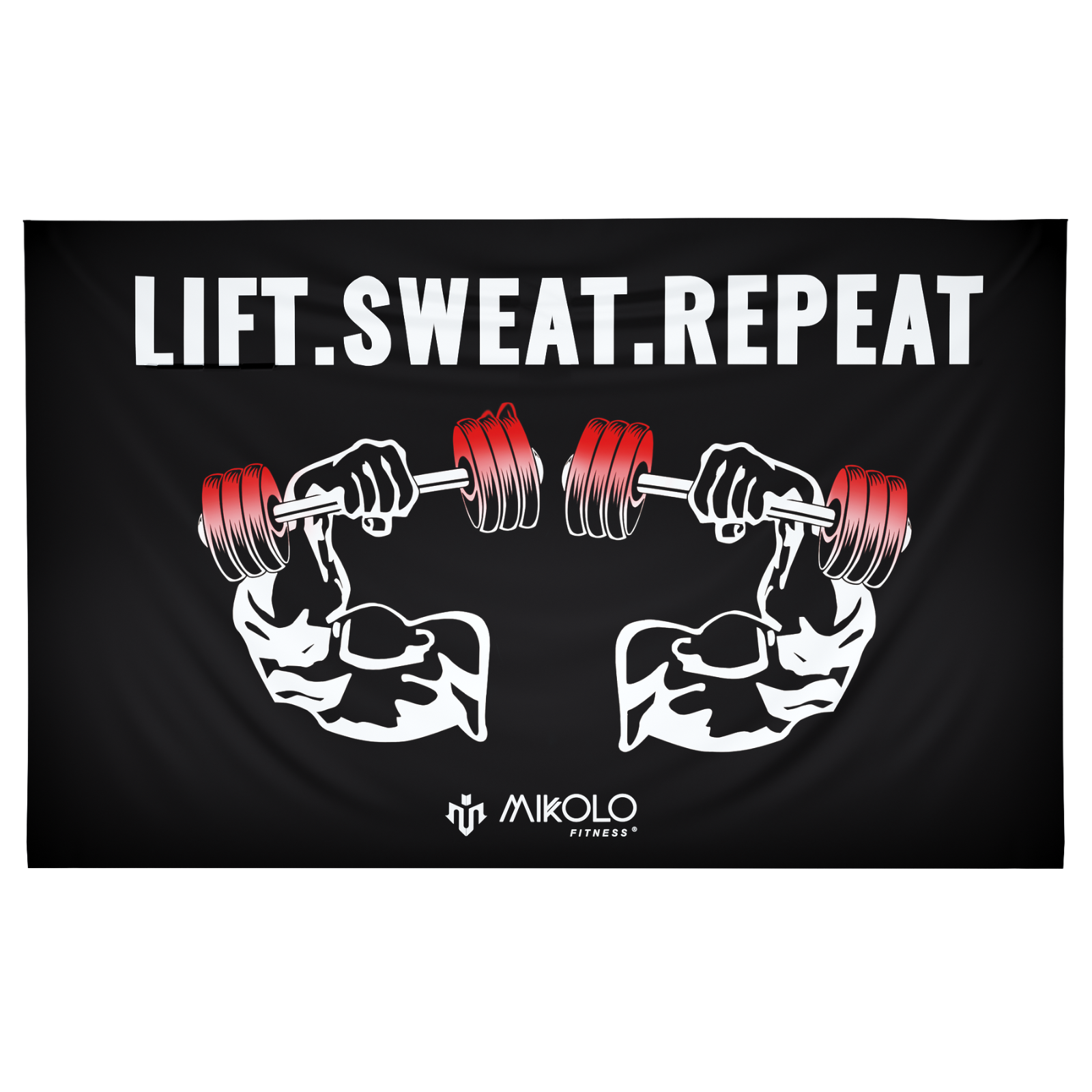

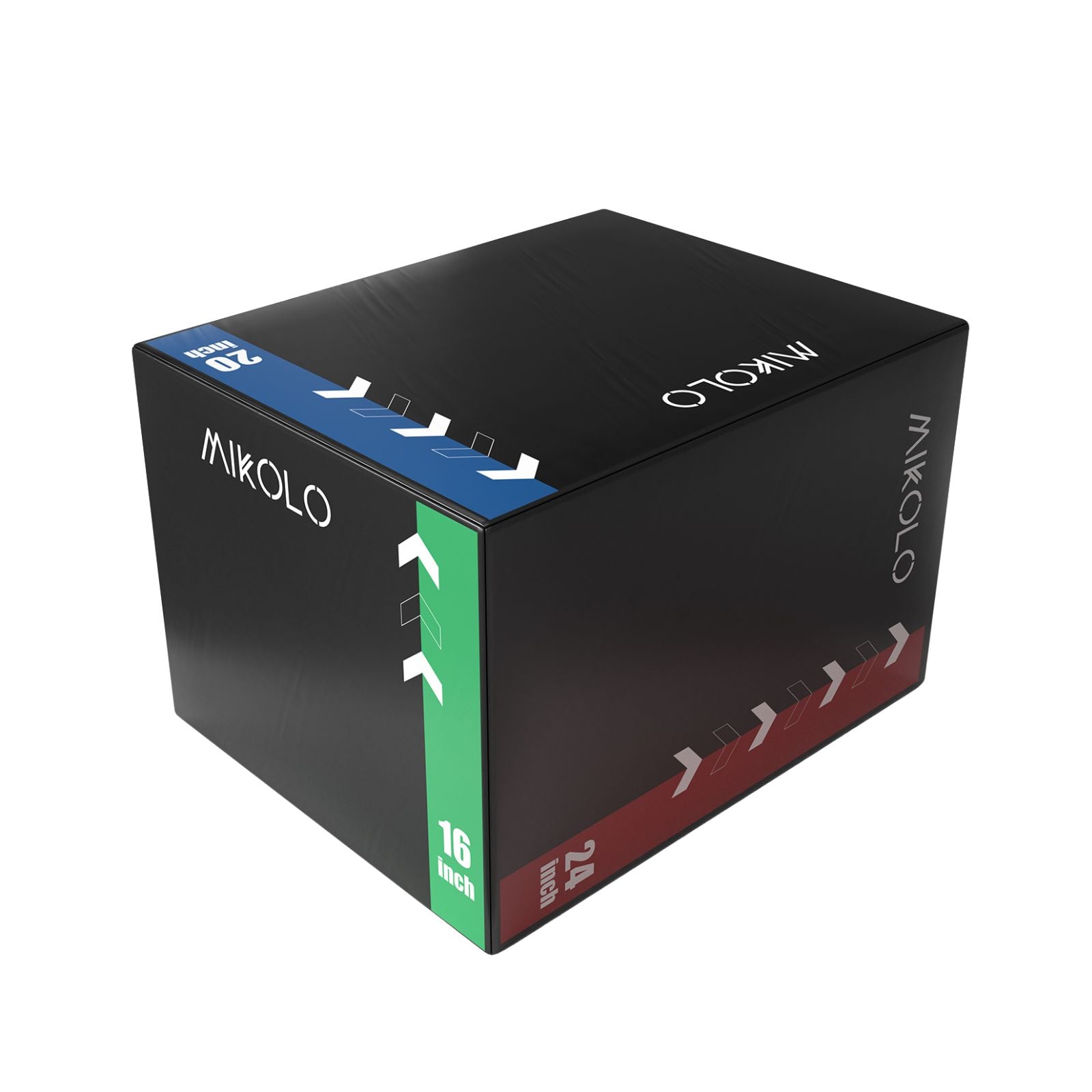

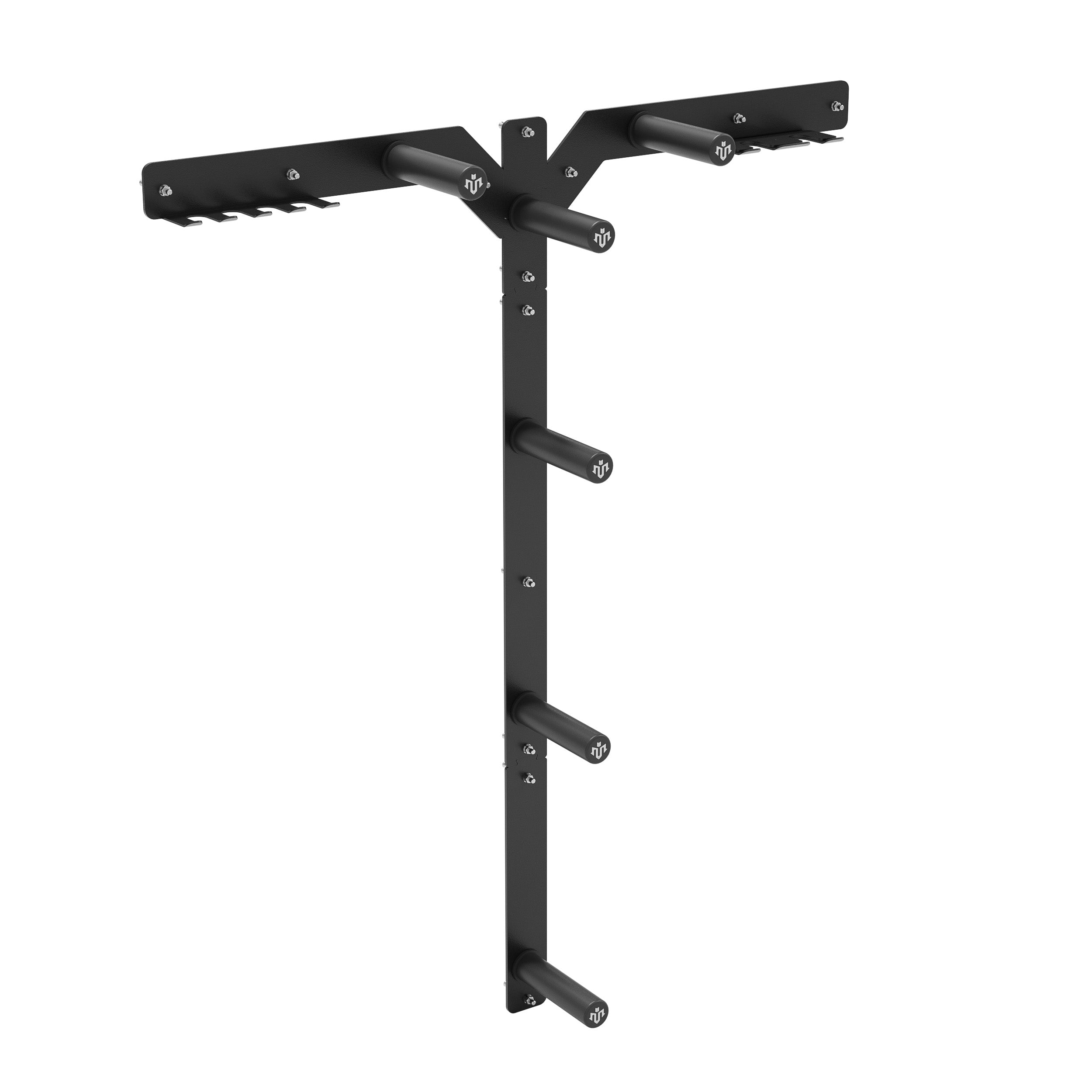




Leave a comment
This site is protected by hCaptcha and the hCaptcha Privacy Policy and Terms of Service apply.